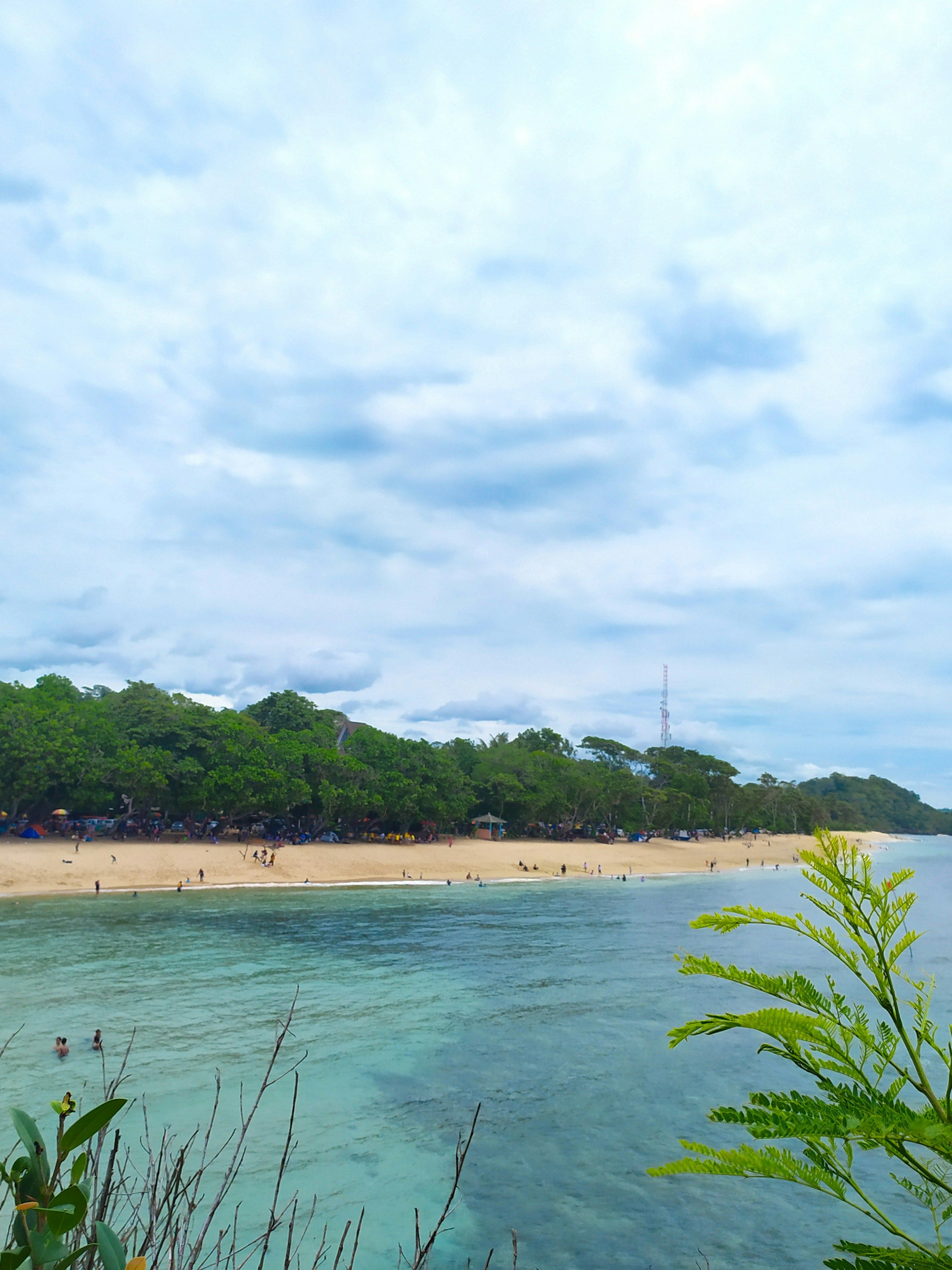Distinguishing age spots from skin cancer: Recognizing the defining features
Layman's Guide to Age Spots vs. Skin Cancer
Hey, folks! Let's talk about two common skin issues that can look quite similar: age spots and skin cancer. To help you differentiate between the two, here's a simplified guide.
The Lowdown on Age Spots and Skin Cancer
Age spots, also known as liver spots or solar lentigines, are harmless brown, black, or gray spots that appear on areas of the skin exposed to the sun. They're often small, flat patches that don't itch or feel crusty. Conversely, skin cancer is a serious condition that can be harmful if left untreated.
Understanding Age Spots
Age spots happen as the body produces extra melanin to protect the skin from the sun. They're more common on light skin and typically appear in middle age or later. Age spots cannot turn into cancer, but they can darken or fade depending on sunlight exposure.
Skin Cancer 101
Skin cancer occurs due to damage from UV radiation or other environmental or genetic factors. Unlike age spots, skin cancer is harmful and can spread to other parts of the body if not treated. The three most common types of skin cancer are basal cell carcinoma, squamous cell carcinoma, and melanoma. Another condition, actinic keratosis, can look like age spots but is a precancerous growth.
Key Differences to Keep in Mind
While age spots and cancer can resemble one another, there are distinct differences to look out for:
- Age Spots: Flat and smooth, defined borders, yellow, brown, or gray, and usually appear in clusters on sun-exposed areas.
- Skin Cancer: Can take various forms depending on the type, with signs like irregular edges, varying colors, and changes in size, shape, or location.
When to See a Doctor
If you notice anything unusual on your skin, such as new or changing marks, changes in color or shape, or growths that don't heal within four weeks, it's important to consult a healthcare professional. Early diagnosis of skin cancer can significantly improve treatment outcomes and prognosis.
Treatments
Age spots don't require treatment, but cosmetic solutions can help reduce their appearance. Treatments for skin cancer depend on the type and stage, and may include surgery, radiation therapy, chemotherapy, or targeted therapy.
Remember, preventing both age spots and skin cancer involves protecting yourself from excessive sun exposure by using sunscreen, protective clothing, and seeking shade when needed. Stay safe and sun-smart!
- In the field of dermatology, it's crucial to be aware of melanoma, a type of skin cancer, along with other skin conditions and medical-conditions related to health-and-wellness and skin-care.
- Senior citizens must pay special attention to skin cancer, a potentially harmful medical-condition caused by UV radiation or other factors, while age spots, a common skin condition, are merely harmless brown, black, or gray spots that appear on sun-exposed areas.
- Science has shown that age spots, also known as liver spots or solar lentigines, occur as the body produces extra melanin to protect the skin from the sun, while skin cancer can spread to other parts of the body if not treated.
- It's essential to consult a healthcare professional if you notice anything unusual on your skin, such as new or changing marks, changes in color or shape, or growths that don't heal within four weeks, as early diagnosis of skin cancer can significantly improve treatment outcomes and prognosis.
- Prevention of both age spots and skin cancer is key, and this involves using sunscreen, protective clothing, and seeking shade when needed, as part of a comprehensive skin-care routine.








